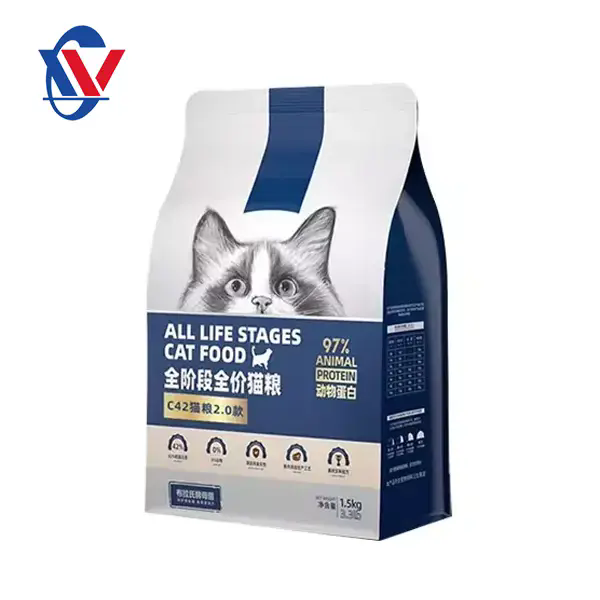The Importance and Versatility of Plastic Packaging Bags in Modern Industry
2024-11-29
Plastic packaging bags are an essential part of modern packaging solutions. They are used in a wide range of industries, from food and retail to electronics and pharmaceuticals. These bags provide a versatile, cost-effective, and efficient way to store, protect, and transport products. In this blog post, we will explore the benefits, types, and environmental impact of plastic packaging bags.
Why Plastic Packaging Bags Are Popular
One of the main reasons plastic packaging bags are so popular is their versatility. They can be designed in various shapes, sizes, and materials to meet the specific needs of different products. Whether you're packaging fresh produce, clothing, or electronic gadgets, plastic bags offer the perfect solution for most packaging requirements.
Additionally, plastic bags are lightweight, which makes them easy to handle and transport. Their flexibility allows manufacturers to create bags that can expand to fit larger items or remain compact for smaller products. Their ability to be sealed tightly also helps preserve freshness, reduce spoilage, and protect against contaminants.
Types of Plastic Packaging Bags
There are several types of plastic packaging bags, each serving a unique purpose:
1. Polyethylene Bags (PE Bags)
Polyethylene bags are the most common type of plastic packaging. They are made from low-density polyethylene (LDPE) or high-density polyethylene (HDPE). These bags are used for everything from grocery shopping to product packaging in retail. They are durable, resistant to moisture, and available in different thicknesses to suit specific applications.
2. Polypropylene Bags (PP Bags)
Polypropylene bags are often used in food packaging because they provide a higher degree of clarity, making products more visually appealing. They are commonly used for packaging snacks, baked goods, and other dry food items.
3. Biodegradable Plastic Bags
With growing environmental concerns, biodegradable plastic bags have emerged as a more eco-friendly alternative. These bags break down more quickly in the environment compared to traditional plastic, making them a greener option for companies looking to reduce their environmental footprint.
4. Vacuum Sealed Bags
Vacuum-sealed bags are used to remove air from the bag, thereby prolonging the shelf life of perishable goods. They are ideal for packaging meat, cheese, and other sensitive products that require airtight protection.
5. Ziplock Bags
Ziplock bags are often used for storage and food packaging. They are re-sealable, which makes them perfect for keeping items fresh and organized. They are commonly used in both households and industries for packaging small items like nuts, bolts, and snacks.
The Environmental Consideration
While plastic packaging bags have many advantages, their environmental impact has raised concerns in recent years. Plastic bags, particularly single-use ones, can contribute significantly to pollution and waste, as they do not biodegrade quickly in landfills or natural environments. Plastic waste often ends up in the oceans, where it can harm wildlife and ecosystems.
To mitigate this, many governments and organizations have taken steps to promote recycling and the use of more sustainable materials. Some manufacturers have developed biodegradable and compostable alternatives, while others focus on creating stronger, longer-lasting plastic products that can be reused multiple times. Additionally, the implementation of bag recycling programs has helped reduce waste and encourage responsible plastic use.
The Future of Plastic Packaging Bags
The future of plastic packaging bags lies in innovation and sustainability. As consumers and industries become more aware of environmental issues, there is a growing demand for sustainable packaging solutions. Many companies are investing in research and development to create plastics that are recyclable, biodegradable, or derived from renewable resources.
There is also an increasing shift towards reducing plastic waste through initiatives such as reusable bags, minimal packaging designs, and sustainable alternatives like plant-based materials. These changes will likely shape the evolution of plastic packaging in the years to come.
Conclusion
Plastic packaging bags play a vital role in various industries, offering numerous benefits such as durability, flexibility, and cost-effectiveness. While their environmental impact cannot be ignored, ongoing innovations in sustainable plastic production and recycling programs are helping to reduce their footprint. As we move forward, the key to a successful packaging industry will lie in finding a balance between convenience, cost, and environmental responsibility.



